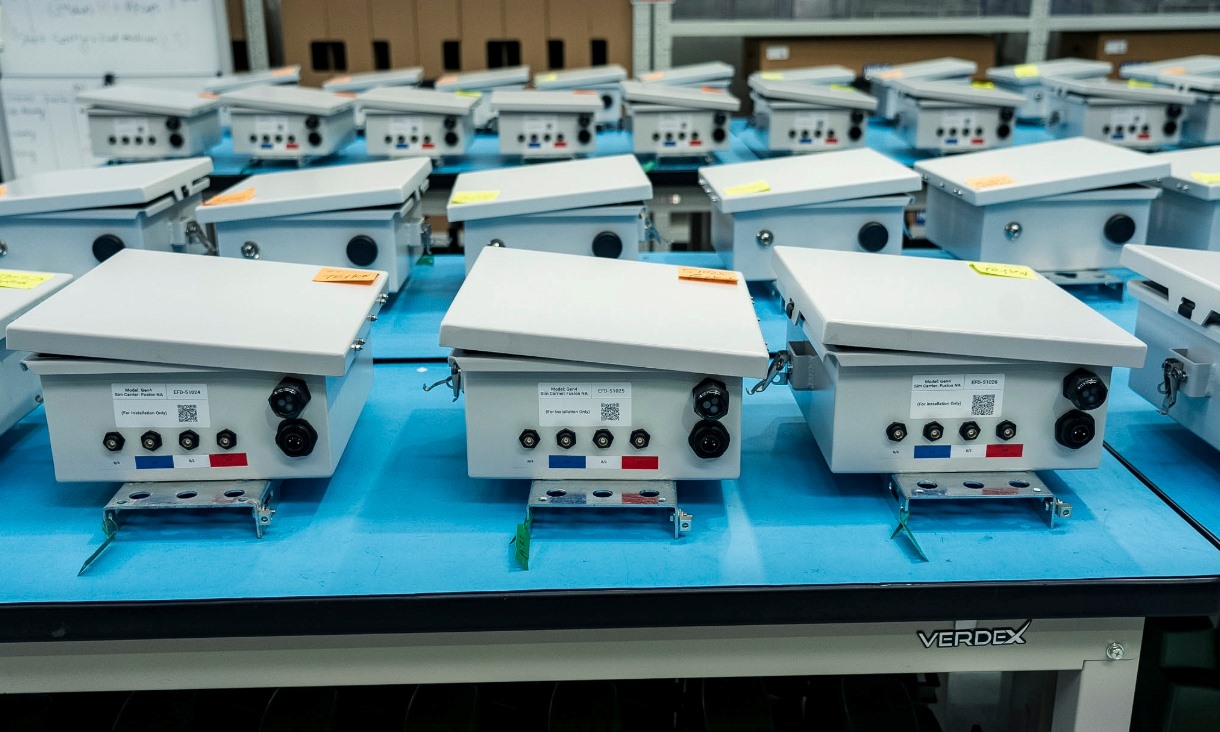The method involves combining a mix of course and fine aggregates with rubber tyre waste, cement and water which is then compressed to its minimum volume using pressure in a customised mould.
“By enhancing the properties of the recycled waste without the use of any additional materials, we have developed a feasible and practical solution that addresses the performance issues affiliated with waste recycling in concrete,” Wu said.
Rubber from waste tyres is the cause of significant health, environmental and land fill problems worldwide owing to its chemical, flammable and non-decomposable nature.
From 2015-16 Australia generated around 450,000 tonnes of waste rubber, 63% of which was sent to stockpiles or landfills and Victoria alone produces the equivalent volume of the Eureka Tower every four years.
PhD researcher and RCP-Tech co-creator, Syed Kazmi, said the team was now looking to partner with the precast concrete industry to manufacture and test prototypes of products like blocks and roadside barriers, wall panels, beams and slabs.
“The technology can be easily applied in the precast concrete industry and requires very little change to existing manufacturing processes with the addition of just one extra step in the final stage of production,” he said.
Kazmi and fellow PhD researcher Muhammad Munir presented the technology at the City of Melbourne Open Innovation Competition 2020 where they were finalists. They were also awarded the RMIT LaunchHUB prize for their work.
The findings, Application of waste tire rubber and recycled aggregates in concrete products: A new compression casting approach are published in the journal Resources, Conservation and Recycling (DOI:10.1016/j.resconrec.2020.105353).
Story: Grace Taylor








